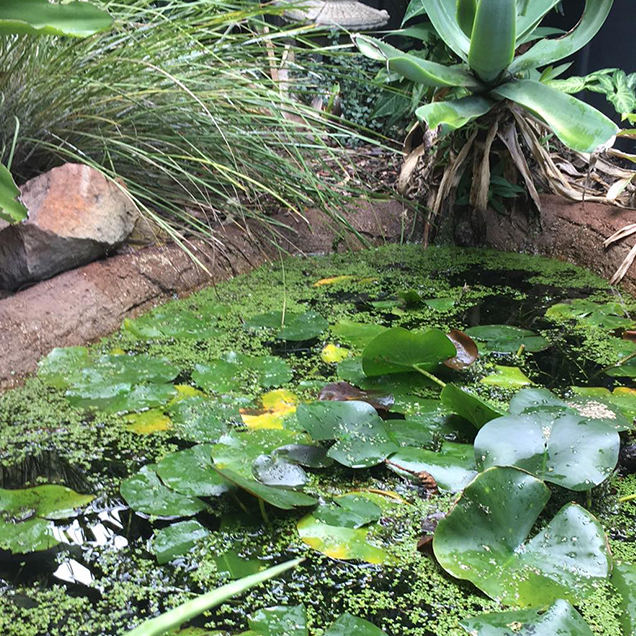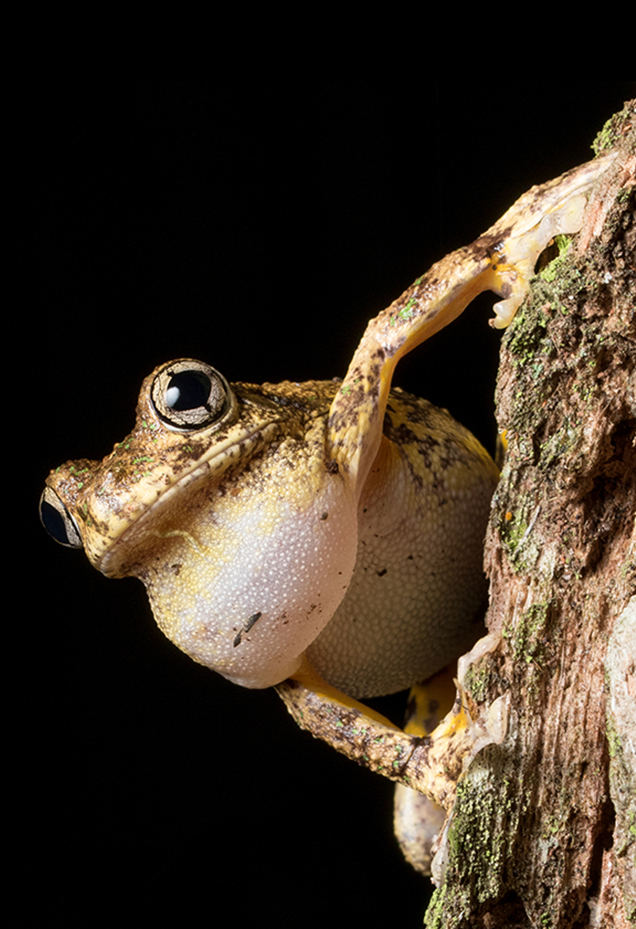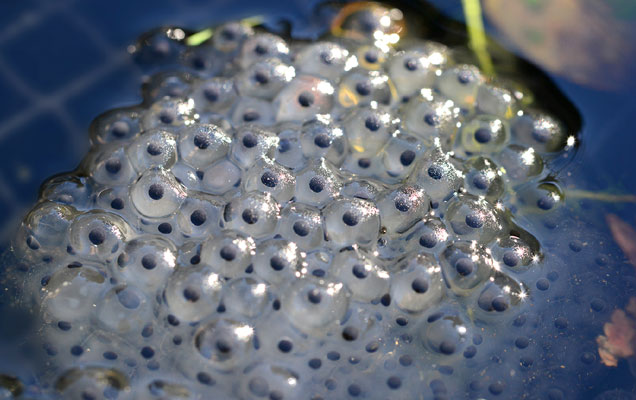Despite Kermit the Frog saying ‘It’s not easy being green’, the key to achieving the perfect froggy sanctuary is lots of plants. Grasses and undergrowth not only keep the ground cooler and retain moisture, shrubs and small trees make an excellent extra layer of protection for frogs from predators. Opt for leafy foliage to give shade to the area, making sure the frogs aren’t exposed to harsh, drying sunlight.
Once you have the plants in place for amphibians to feel at home, you need to ensure they have a constant water source. Make sure this water source is sheltered from predators, and away from where children and pets frequent. Try a water feature, pond or simply a bowl of water placed in the garden. Things like overturned pots and hollow logs work as great shelters for the water, and double as a cool, safe resting spot for frogs.







